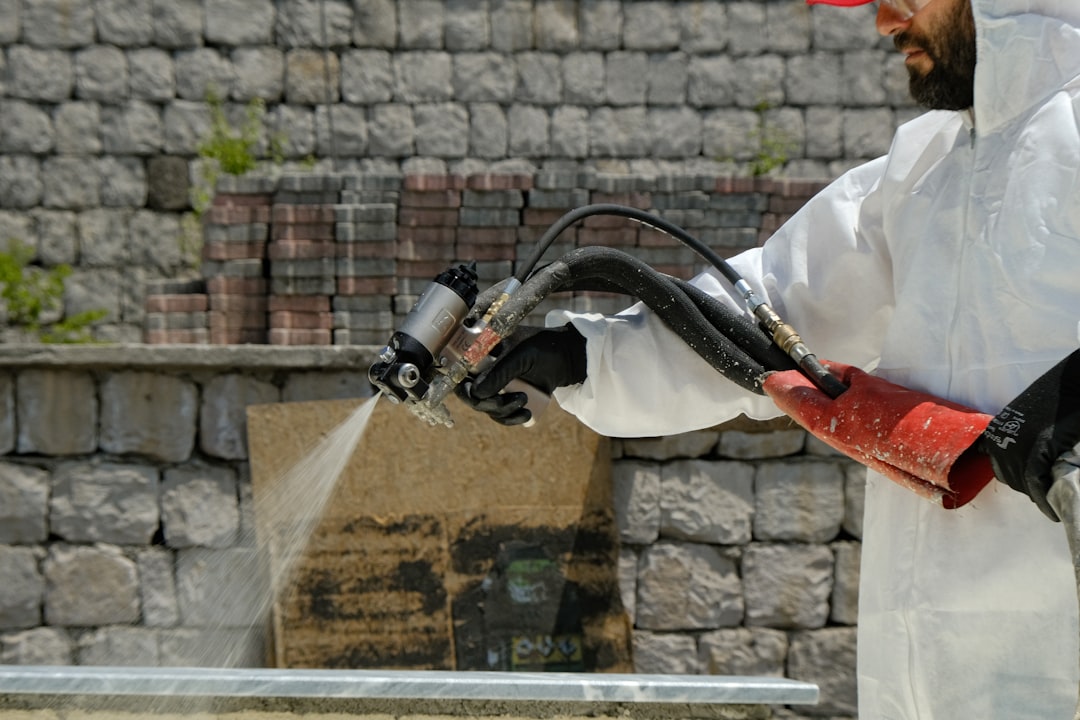What is it about?
Schmidt rebound hardness is an important parameter for non-destructive evaluation of rock mass, as it can be easily converted to rock strength using established correlations. However, the rock specimen dimensions significantly affect the measured hardness value. We present a possible correction of the specimen size effect.
Featured Image

Photo by Christian Vasile on Unsplash
Why is it important?
In geotechnical engineering practice, obtaining a sizable rock sample is usually challenging thanks to the limits of exploratory boreholes or the discontinuities of the rock mass itself. The presented correction model (valid for the tested greywacke from Moravia, CZ) could be utilised for obtaining of the unaffected rebound hardness of the rock, regardless of the specimen size.
Perspectives
One day, I had an idea to test a larger rock sample across the whole base to see, if the value of the Schmidt rebound hardness changes. As the values differed quite significantly, I tried other experiments with more rock samples to try to figure out a possible relations between both dimensions and the measured hardness value. Results of these experiments are presented in this article. I hope you will find it interesting.
Ing. Marek Brabec
Vysoke uceni technicke v Brne
Read the Original
This page is a summary of: Schmidt Rebound Hardness Dependence on the Core-Size: A Correction Model Presented and Tested on Greywacke, Journal of Testing and Evaluation, April 2024, ASTM International,
DOI: 10.1520/jte20230628.
You can read the full text:
Contributors
The following have contributed to this page










